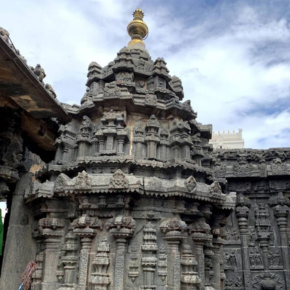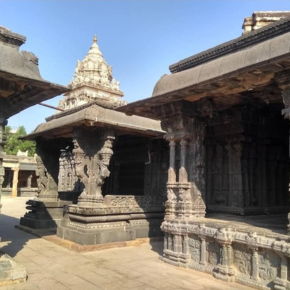


The Sri Chintala Venkataramana Swamy Temple in Tadipatri, Andhra Pradesh, was constructed during the mid-16th century, a period marked by the flourishing Vijayanagara Empire. The temple's foundation is attributed to Pemmasani Timmanayudu II, a prominent chieftain and contemporary of rulers Vira Narasimharaya and Krishnadevaraya. According to legend, Timmanayudu was divinely inspired to build the temple following a dream in which Lord Vishnu instructed him to erect a shrine at Tadipatri. Acting upon this celestial directive, Timmanayudu not only oversaw the construction of the temple but also appointed two archakas (priests) and a chief priest to conduct rituals and manage the temple's daily operations. Furthermore, he endowed the temple with land grants to ensure its sustainability and prosperity.

Architecturally, the Chintala Venkataramana Swamy Temple is celebrated as one of the finest examples of Vijayanagara artistry, reflecting the grandeur and sophistication of the era. While the initial structure of the temple likely dates back to the Saluva dynasty, the grand entrance towers are attributed to the Tuluva dynasty, showcasing a blend of architectural styles within the Dravidian framework. The temple's intricate carvings, imposing gopuram (tower), and spacious mandapam (pillared hall) embody the artistic excellence and religious fervor of the Vijayanagara period. This temple not only serves as a significant religious site but also stands as a historical monument, illustrating the rich cultural and architectural heritage of southern India.
